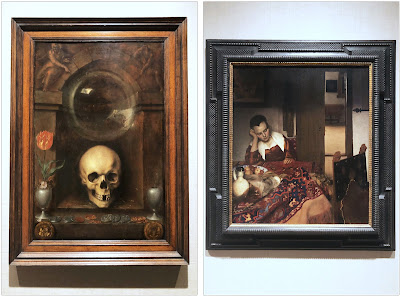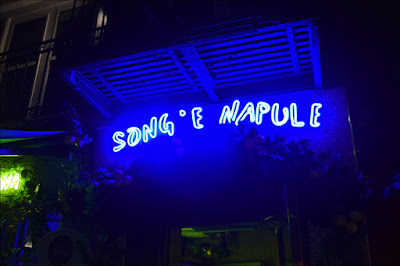 |
| Honoree Rocco B. Commisso takes a tour of the exhibit |
A resounding success, the "Orgoglio e Memoria: Emigrazione dal Meridione” exhibit opened at the Italian Cultural Institute of New York in Manhattan Wednesday evening to an enthusiastic standing-room-only audience. After introductions and salient speeches by a plethora of speakers, this year’s esteemed “Wall of Fame” honorees, Rocco B. Commisso and Carlo Scissura, were each awarded a beautiful Neapolitan presepio figure handcrafted at maestro Marco Ferrigno’s world-renowned workshop located on San Gregorio Armeno in Naples.
 |
| Genealogical tree and historical summary of all the Kings of the Two Sicilies, compiled by Padre Celestino Gasdia dedicated to Bishop Raffaele De Franco, Bishop of Catanzaro |
Organized by the Italian Cultural Institute of New York, the important material on view hails from the Museum of Naples - Bonelli Collection and the Lendinara Citadel of Culture. The curators of the exhibit are Fabio Finotti, Director of the Institute of Culture; Dott. Nicholas Gasparetto, Director of the Library of Lendinara; Luigi Liberti, journalist at Patrimonio Italiano TV; and Gaetano Bonelli, founder and Director of the Museo della Citta' di Napoli and the Caruso Museum.
The exhibit is free and open to the public from 10 AM to 4 PM. The Institute’s days of operation are not listed on the website, so please call before visiting (212-879-4242). It runs to Monday, August 28, 2023. For more information visit: www.iicnewyork.esteri.it.
 |
| Master of Ceremonies Fabio Finotti welcomes everyone to the event |
 |
| Carlo Scissura was presented a beautiful presepio figure |
 |
| Gaetano Bonelli gave an in-depth guided tour of the exhibit |

























































